“In 2003 when I visited Afghanistan it was not the same country as before. NATO had freed Afghanistan from Taliban rule. Hamid Karzai was the President. NATO was trying to built the cities which had been destroyed by the Taliban. Women started going to schools and colleges. My first assignment there was to cover a NATO training sessionin a school where the NATO soldiers were training afghan women and children about detecting and mitigating landmines which were still very common to find all across the landscape. They were trying to make people familiar with landmines as landmine incidents were very common in the region. Many children used to die and loose body parts due to land mines that were scattered all over.
 Women were finally seeing a world outside their burqas. I got a picture of a woman blowing a chewing gum bubble in a college campus.
Women were finally seeing a world outside their burqas. I got a picture of a woman blowing a chewing gum bubble in a college campus.
Women shopping in the shoe markets, standing with their children in front of their houses. NATO used to organise health camps for the Afghan women and children. American soldiers rebuilt the cities.
It felt to me that a country had started to live its life. I captured a new Kabul, a new Afghanistan that was my assignment.
Americans and NATO used to organise free medical camps for people where the villagers used to come for check up and it also helped the soldiers to be friendly with the people.
The people of Afghanistan were very friendly. I spent three months. I developed a great friendship with my driver. They used to call me “Indie”. They were familiar with Tagore’s Kabuliwala story; they love to chat. I once captured a picture where they were playing chess holding a rifle in one hand. There were guns in every house. Once I visited in a shop where many antique guns were in display for sell. I used to roam around the city with my driver, he took me to the Jhelam river bank. Friday was the holiday there. Each Friday I used to go to capture the ‘Buskashi’, ‘Cockfight’ and ‘Dogfight’ these are very famous games among Afghan males, which were prohibited by the Taliban.
Once I visited a carpet factory; the carpets from this factory still are world famous. But I felt very sad when I saw so many children working there as labour. They had no other means of sustainence.
I captured the re-opening day of the ‘Share market’. On the day of ‘Muharram’ I visited a hilly area where I saw the women gathered in blue burqas on rooftops to see the ‘Muharram’ procession.
The food habits of the Afghan people are quite peculiar. They share one huge bread and everyone breaks a piece. Fish was available to those who could afford to buy it. They love to eat in groups. Due to lack of reliable supply of food they store dried up breads for long.
I didn’t see the war in Afghanistan, rather I saw the aftermath of the war, the destroyed city, the destroyed palace, destroyed roads. And the rebuilding from a distruction.
I used to go to Bagram on a regular basis. It was approx. 200 kilometers from Kabul. We had to travel to Bagram in a bulletproof car. The main head office of the Americans was in Bagram, where American army had their base camp and used to hold press conferences.
The war was never over but the Taliban were eradicated from Kabul. Bodies of NATO soldiers used to come to Bagram by airplanes. I captured that too.
Bagram was a border village. It was a high security zone.
Jayanta Shaw has retired from Reuters, but was still in touch with Danish Siddiqui the prize winning photo journalist who lost his life in Afghanistan a couple of weeks ago.
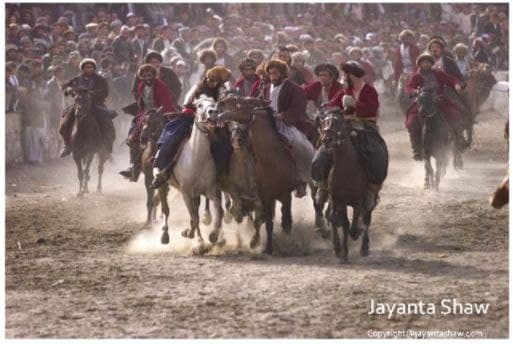
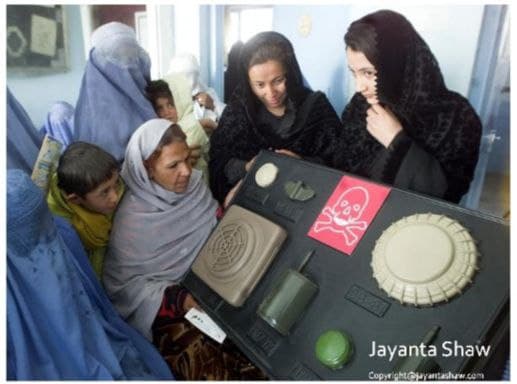
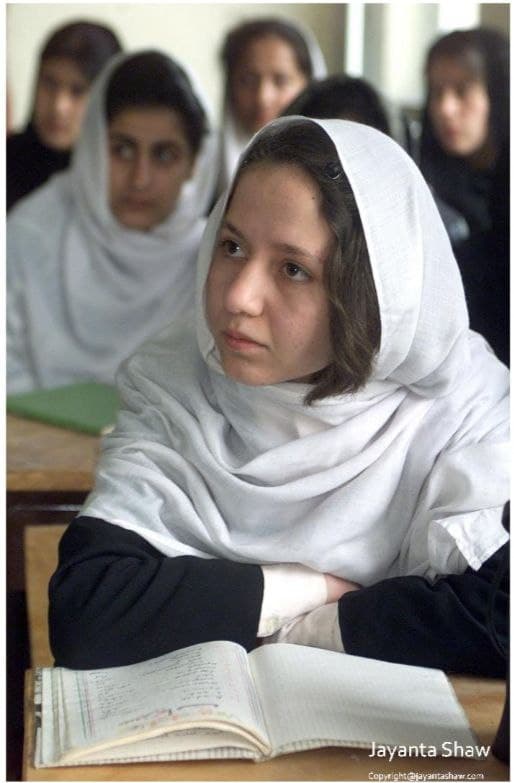

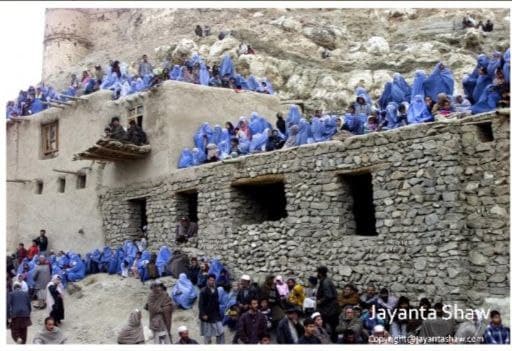
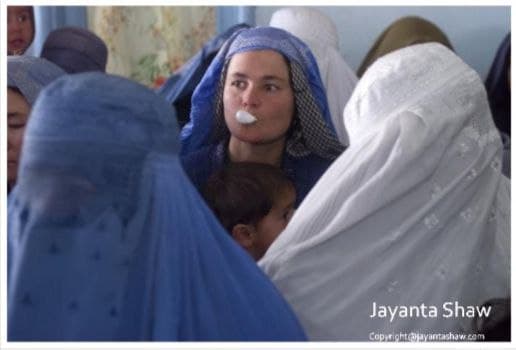
Edited by: Raghujit Randhawa

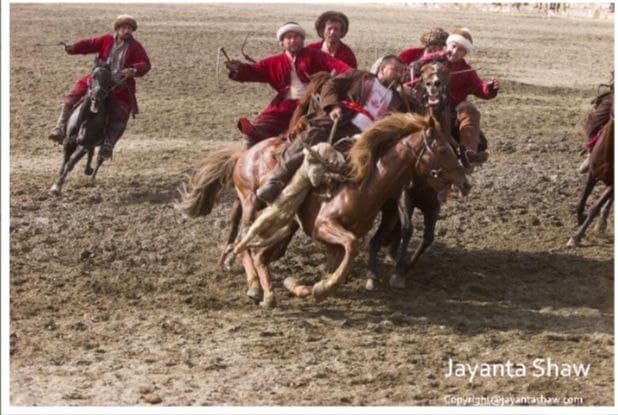
1 Comment
Very nice. Bravery reflects through pictures 🌆🏜🌠
Congratulations!!! 🥳🎉👏